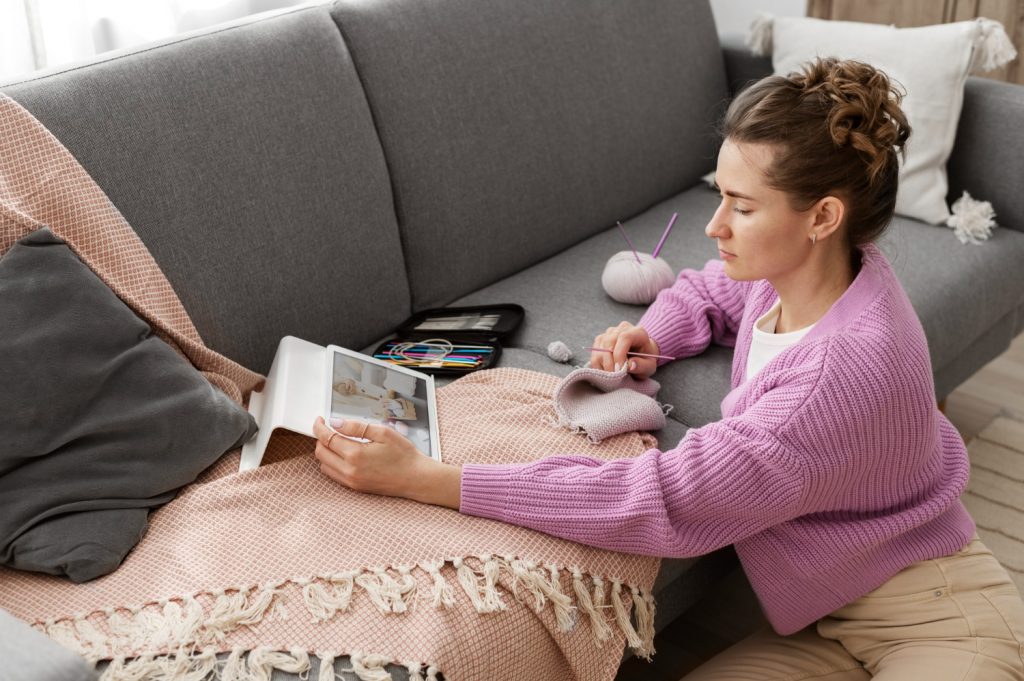Now Reading: Virtual Reality as a Tool for Rehabilitation and Learning
-
01
Virtual Reality as a Tool for Rehabilitation and Learning
Virtual Reality as a Tool for Rehabilitation and Learning

Virtual reality, commonly associated with gaming and entertainment, is actually making a huge impact far beyond that sphere. It’s becoming a game-changer—no pun intended—in healthcare and education by offering immersive, interactive experiences that can be tailored to individual needs. Let’s dive into how this cutting-edge technology is transforming the way we approach recovery and learning, making it more engaging, effective, and accessible.
In healthcare, VR is increasingly used as a tool for rehabilitation. Patients recovering from injuries, strokes, or surgeries can use virtual environments to regain motor skills, manage pain, and rebuild confidence. Imagine a stroke survivor practicing simple daily tasks—like cooking or getting dressed—in a safe, virtual space that adjusts to their current ability level. These virtual exercises not only motivate patients by making therapy sessions more engaging but also provide real-time feedback to therapists, helping them track progress with precision. This personalized approach makes therapy more effective because it focuses on the specific needs of each individual. Plus, because VR environments can be customized and repeated without physical wear and tear, patients can practice as many times as necessary to master a skill—something that can be challenging with traditional therapy methods. The fun, gamified elements of VR can also reduce feelings of frustration or boredom, encouraging patients to stick with their recovery journey.
On the educational side, VR creates a whole new world of possibilities. Forget textbooks and static images—students can step inside a virtual environment and explore concepts hands-on. For example, history students can walk through ancient cities or witness historical events firsthand. Medical students can practice surgeries in a risk-free simulated setting, gaining practical experience without the pressure of real-life consequences. This immersive approach helps students understand complex concepts more intuitively and retain information longer. It also caters to different learning styles—visual, kinesthetic, or experiential—making education more inclusive and engaging.
The magic of VR lies in its ability to offer a safe, controlled environment for practice. Whether someone is trying to regain a physical ability or learn a new skill, VR lets them experiment, make mistakes, and improve without fear of real-world repercussions. Think of it as having a supercharged simulation lab at your fingertips—whether you’re aiding a patient’s recovery or helping a student master a challenging subject.
As VR technology becomes more accessible and affordable, the integration into healthcare and education sectors is only accelerating. It’s not just about entertainment; VR is about making meaningful improvements in real life—helping people heal, learn, and grow in ways that were once impossible or too costly to imagine.
Practical Examples and Future Trends: How Virtual Reality Is Revolutionizing Rehabilitation and Education with Real-World Impact and Promising Developments
The practical applications of VR in rehab and education are already impressive, and the future looks even brighter with exciting developments on the horizon.
Hospitals worldwide are adopting VR-based therapy programs that help patients recover specific skills. For example, stroke patients might use VR exercises designed to improve hand-eye coordination or balance. These programs often incorporate gamification—turning therapy into a game—making sessions more fun and less like a chore. Patients tend to be more motivated to participate consistently because they’re engaged and enjoy the process, leading to better recovery outcomes.
In schools and universities, VR is becoming an essential part of the curriculum. Students can perform virtual dissections instead of using real specimens, making science classes safer, cleaner, and more accessible. History students might virtually visit ancient ruins or museums that are thousands of miles away, providing a more impactful learning experience. Language learners can practice conversations in immersive environments where they can interact with virtual characters speaking the language they’re studying, creating real-world practice without leaving the classroom.
Looking to the future, the potential of VR in these fields is even more exciting. Advances in haptic feedback are on the horizon, promising to make virtual interactions feel more real by providing tactile sensations—imagine feeling the texture of virtual objects or the resistance of a virtual door handle. This would greatly enhance the realism of simulations, especially for medical training or physical therapy.
Artificial intelligence (AI) is also expected to play a significant role. AI-powered VR environments could adapt in real-time to each user’s progress, providing personalized challenges that keep learners and patients engaged without feeling overwhelmed. For instance, a virtual therapist could adjust exercises based on how well a patient is performing, ensuring a perfect fit for their current needs.
Research is ongoing to prove not only the effectiveness but also the cost-efficiency of VR solutions. As more data becomes available showing tangible benefits—faster recovery times, better learning retention, lower therapy costs—more institutions and healthcare providers are likely to adopt VR more widely.
In summary, virtual reality is poised to become an integral part of healthcare and education, offering accessible, engaging, and highly effective tools. As technology continues to evolve, we can look forward to a future where everyone—from patients in recovery to students across the globe—can benefit from immersive experiences that inspire growth, healing, and lifelong learning.
In conclusion, virtual reality is no longer just a gaming novelty; it’s a powerful tool that’s reshaping how we recover from injuries and learn new skills. Its ability to create safe, customizable, and engaging environments makes it a promising technology with endless potential. Whether helping a patient walk again or bringing history class to life, VR is opening up new horizons for human achievement and well-being.
























